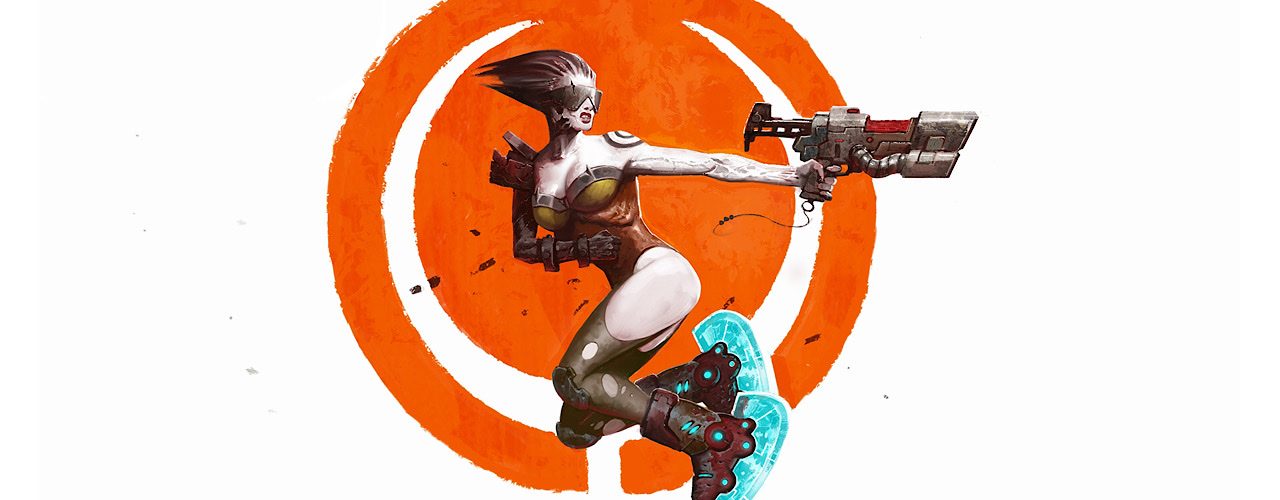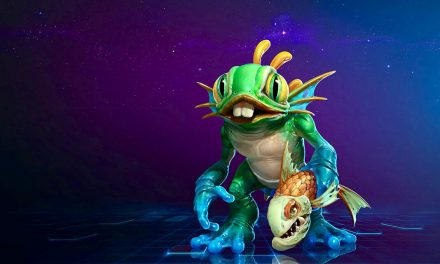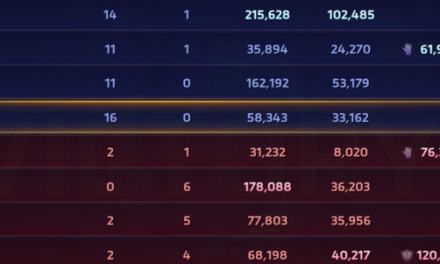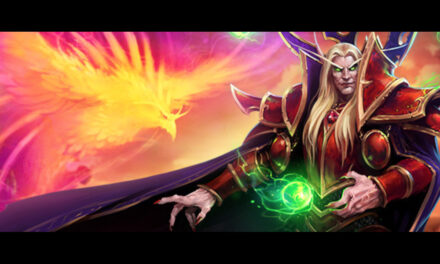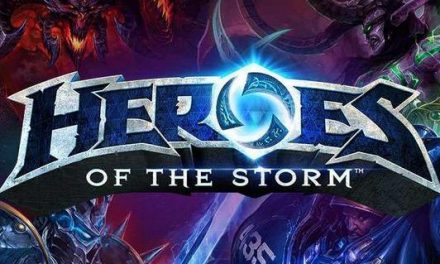Basic Heroes of the Storm gameplay introduces players to three broad categories of abilities: untargeted, point-and-click, and skill-shot. This article will lightly cover the first two and take a deep dive into what makes the last type so successful and so frustrating.
Untargeted abilities require only that the player press a button to activate the skill, with no additional inputs to determine who or what else it may affect. The best example of this is Li Li’s Healing Brew ability, which automatically heals the allied hero with the lowest health. On one hand, this means heals will automatically succeed every time, but it also means that Li Li can’t prioritize targets other than by actively running away from a hurt, but less important, teammate. Having your healer run from you when you’re low on health is not a fun experience. Other examples include Lucio’s Amp it Up, Sonya’s Whirlwind, and Murky’s Slime.
Unlike untargeted skills, point-and-click abilities require that a player actually click the mouse on the target they want to affect. Morales’ Healing Beam or Safeguard can only help one allied hero at a time, so being able to pick the right target out of a crowd is essential to success. Generally these abilities either directly work for/against a particular foe, or create a zone or area of effect. An example of the former is Chromie’s Temporal Loop while one of the latter is her Slowing Sands. One has to target a specific hero, the other any desired area on the ground. Many abilities are point-and-click, from Malfurion’s ability to root enemy heroes to Kael’thas’ bomb.
Skill-shots, and knowing how to modify your own gameplay to account for them, are an important aspect of HOTS that often gets overlooked by new players. First, a definition by example. These abilities extend out from the caster, generally in a narrow, straight line, and require actually connecting with a target to have an effect. For Ana to successfully heal someone, she lines up a shot—yes she has a healing sniper rifle—and the round must connect with the target or else she’s wasted the mana and has to wait for her full cooldown to try again.
An important note here: while there are a wide variety of model sizes in the game, each corresponding to the general animation of a particular hero, for a skill-shot to hit it must strike somewhere within their base—that red or green circle on the ground beneath them which represents their true position. It’s not uncommon for larger characters like Cho’Gall or Anub’arak to not get healing because someone is aiming far over where their base model actually rests. When in doubt, aim for the feet!
Whether skill-shots are for healing purposes like Ana’s or direct damage like Imperius’ Celestial Charge, knowing the range, how quickly your projectile files, and the total area of effect are all critical. This is one of the reasons range-boosting talents can be a literal game-changer; the team has gotten used to a particular range and all of a sudden you’re affecting things 25–30% farther away.
When you are playing a hero who utilizes skill-shots, it is essential to adjust your play to the heroes whom you will be affecting. Will the target have a lot of movement, do they teleport, will they be stationary in the front lines? Target selection and adaptation are key components.
When playing against a hero who utilizes skill-shots, stay mobile. Vary your speed, make unexpected jukes when running around the battlefield—don’t give them the opportunity to line up a shot to where you will be, because that shot is going to hurt.
When you are relying on a skill-shot character for healing or support, do not wontonly roam around the battlefield in a dizzying dance of chaotic twists and turns. Particularly between team-fights, I cant count the number of healing shots I’ve missed because people either started or stopped moving in a way that didn’t make logical sense to me. If I can’t reliably predict where you’re going to be half a second from now, I can’t get you the healing you need.
Note that, by and large, skill-shots strike the first applicable target they touch; if I’m trying to hit a long-range target with Nova’s Triple Tap ability, I need to make sure the path is clear lest my shot strike the wrong target as they step into the line of fire.
Kel’thuzad—the king of skill-shots
The Master of the Cold Dark himself, KTZ is a character that seems almost impenetrable for new players. While he does have targeted AoE abilities, he really shines when one can master his Chains skill to control the battlefield. Directly linked to an innate quest and several talents, effective use of the chains makes the difference between an anemic ranged assassin and a terror of the match.
KTZ has a unique mechanic where, if he strikes one enemy hero with his chain (a skill-shot), he may then lash out again for another—not from himself this time, but from his first target. If this second connection is made, those two heroes are slammed together, interrupting any actions they sought to undertake. Hitting enough heroes with these chains allows him to create an ice spike which can be used as a temporary anchor point for future chains as well.
The real difficulty doesn’t come from hitting with the limited range of the first chain—though watching any of my own personal replays may betray that idea—much of the difficulty comes from having to hit a skill-shot originating from somewhere other than your own hero. Just as friendly heroes seem to inexplicably dodge Ana’s healing darts, enemy characters, particularly those who have been hit with the first chain, can act in a very unpredictable manner.
Being able to accurately and consistently predict an enemy hero’s movements comes in part with familiarity of the game, but also from a genuine understanding of how players are likely to leverage each individual hero’s strengths, at that specific level of play. It’s said that professional poker players hate sitting down at a table with amateurs because the latter group don’t adhere to the unofficial “rules” or conventions of the game—they are unpredictable in that they make all number of suboptimal decisions which throw off the professionals’ expectations.
Watching a masters-level Heroes of the Storm game will show very different gameplay than a bronze-tier match. I don’t specifically refer to the number of kills or the ebb and flow of map goals, but also to how the characters move, where they set up, and what they do to counter the specific foes opposing them. Higher-tier players will begin a match much differently when facing a Junkrat from how they would against a Gul’dan, while less experienced players may take several levels—and multiple deaths—to learn to adjust their tactics.
Some people love playing Kel’thuzad while others absolutely loathe him. I’m not saying it all boils down to experience and that a higher-level player will automatically be better at this lich lord than a lower-level one, but rather that success comes specifically from the ability to hit skill-shots, often trickier ones than are found with any other character.
Header image taken from promotional material for Quake Live, the most recent incarnation of the shooter classic which came to define online deathmatches. I thought this picture of the character “Slash” made a pretty good stand in for the HOTS character Tracer.

